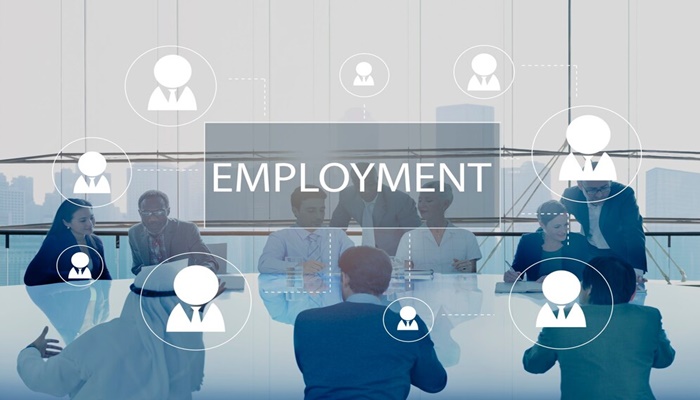As organizations everywhere race to integrate AI into their ways of working, a significant barrier persists: skill gaps.
According to a recent Accenture report, 63% of employers identify these gaps as the primary obstacle to adopting AI technologies. And this doesn’t just apply to worker bees.
While 97% of executives believe AI will fundamentally reshape their industries, 65% also admit they lack the technological expertise to lead these transformations effectively.
Trust gap
At the same time, there’s a clear disconnect between employers and workers.
Though most employees (82%) feel confident in their ability to grasp AI technology, and an overwhelming 94% express confidence in their ability to develop the necessary AI skills, employers remain skeptical about their readiness.
A “trust gap” is brewing between leadership and their workforce, says Accenture.
Its research outlines that successfully leveraging AI requires more than simply deploying new tools as “digital coworkers’, though that is a “compelling start”.
Moreover, it recommends that organizations fundamentally reimagine how traditional workflows, functions, and even jobs are defined. And this means holistically integrating technology, talent, and processes.
Bridging the gap
Unlike traditional upskilling, Accenture says that the half-life of skills (the time period in which skills are relevant to an organization) will plummet.
Continuous and tandem human and AI agent learning will be important. As people and intelligent agents co-learn, the report says they will begin to innovate together.
It’s up to leadership to create structure and incentives for this new way of continuous upskilling,
and this means breaking innovation out of tightly-managed centers of excellence (CoE).
It asks: “What if innovation were not prescribed to a place and time, but rather bubbled up from the edges of the organization, where individuals and teams have direct insights into customer needs?”
Individual and team innovation sounds positively utopian, but what practical steps can be taken to get there?
It doesn’t really explain how “connective intelligence tissue” will be set up — perhaps that’s a selling point for their consultancy services — but does say when it’s combined with AI agents, employees will need to develop new skills inline with these capabilities, integrating them into their everyday working practices.
Organizations must enable employees to acquire and apply skills, quickly and continuously.
Dynamic skills
With the rise of AI, it’s predicted that job advertisements will become more focused on skills, and HR departments will need more focus on predictive workforce planning as the nature of work, tasks, and skills continually evolve.
Ethan Mollick of Wharton School, University of Pennsylvania is cited in the report as saying “In the AI future, HR becomes your R&D department.”
However, this is already the case in many forward-thinking organizations who have deployed advanced-AI recruiting tools, like Robin, and Dash.
Both feature easy integration with existing Applicant Tracking Systems (ATS), Teams, and Slack. And it’s this kind of easy integration that needs to become the standard to help overcome hurdles to AI implementation.
In the coming years, across sectors, curious and inquisitive individuals who demonstrate strong learning agility, and an ability to fuse human and machine skills will become top talent.
Organizations will require a “high degree of ambidexterity”, so Accenture believes that both generalists and specialists will remain essential.
Workers seeking to AI-proof their careers should focus cultivating uniquely human expertise, and fusing human and machine skills.
When it comes to upskilling, Accenture comes down hard on on-demand, self-service learning as lacking in personalized guidance, tailored to an individual’s role, context, and learning preferences. Instead it favours AI learning agents.
“Aware of an employee’s changing role, experience and ambition, the agent could proactively suggest upskilling / reskilling paths that are highly tailored to the individual’s professional goals, needs and unique learning preferences.”
It also outlines that L&D functions will be responsible for nurturing continuous learning by embedding it into job roles, which requires collaboration between business and HR leaders.
Ultimately, the future of AI adoption lies in its ability to create seamless, intuitive experiences that enhance human capabilities, rather than replace them.
By integrating these solutions with existing workflows and systems, organizations can overcome the skill gaps that currently impede AI transformation, but there needs to be a plan.
With 57% of employees seeking clarity on what gen AI means for their careers, it’s essential for leaders to prioritize transparency. And if this is lacking in your organization, it could be time to look elsewhere.
Source – https://www.yahoo.com/news/63-employers-skill-gaps-biggest-130000111.html






















